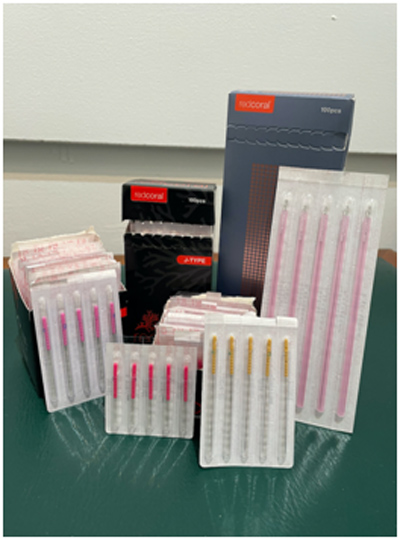Dry Needling for Plantar Fasciitis

Dry Needling for Plantar Fasciitis
Heel pain due to plantar fasciitis can be brought on due to poor foot mechanics, ill-fitting shoes, tight and overworked muscles, tendons or ligaments.
Dry needling is a less invasive procedure, that was derived from the traditional Chinese acupuncture technique, which stimulates myofascial trigger points. Trigger points are located in your muscles and sometimes feel like “knots” when palpated. These “knots” can be quite painful, reduce the function of a muscle and can also refer pain to other areas of the leg or foot.
Dry needling involves a very thin needle that is used to penetrate the skin. This goes deep into the muscle, to reach the trigger points, which releases and relaxes the “knot” in the muscle. This helps to reduce symptoms and also improves the function of the muscle.
During the dry needling session, the body will also release natural neurotransmitting chemicals, which causes relaxation. After a dry needling session, your muscles can feel sore or tired. This is because the needle activates a potential energy between itself and the surrounding skin, which can take 24-48 hours to go back to normal. This is however, a good and normal response to the needling. Once the needle penetrates the skin, it also allows blood flow to rush to the needle site, which also stimulates healing.
In order to achieve beneficial results from dry needling, closer sessions for the first four weeks, is usually recommended. Seeing your local podiatrist twice a week is advised. Your muscles are used to working with less range of motion and under great tension, after the needling session, they will relax. This will last a few days and then your muscles will tense up again, as they are not used to working in that way. Therefore, having the dry needling done twice a week for the first four weeks, can allow the muscle to relax longer and function better.
Dry needling can also be combined with other treatments and therapies, in order to give a better result in managing the pain. This can be combined with orthotics and shockwave therapy. It is always best to book an appointment with your local podiatrist, in order to determine if dry needling would be beneficial in your treatment plan.
References



